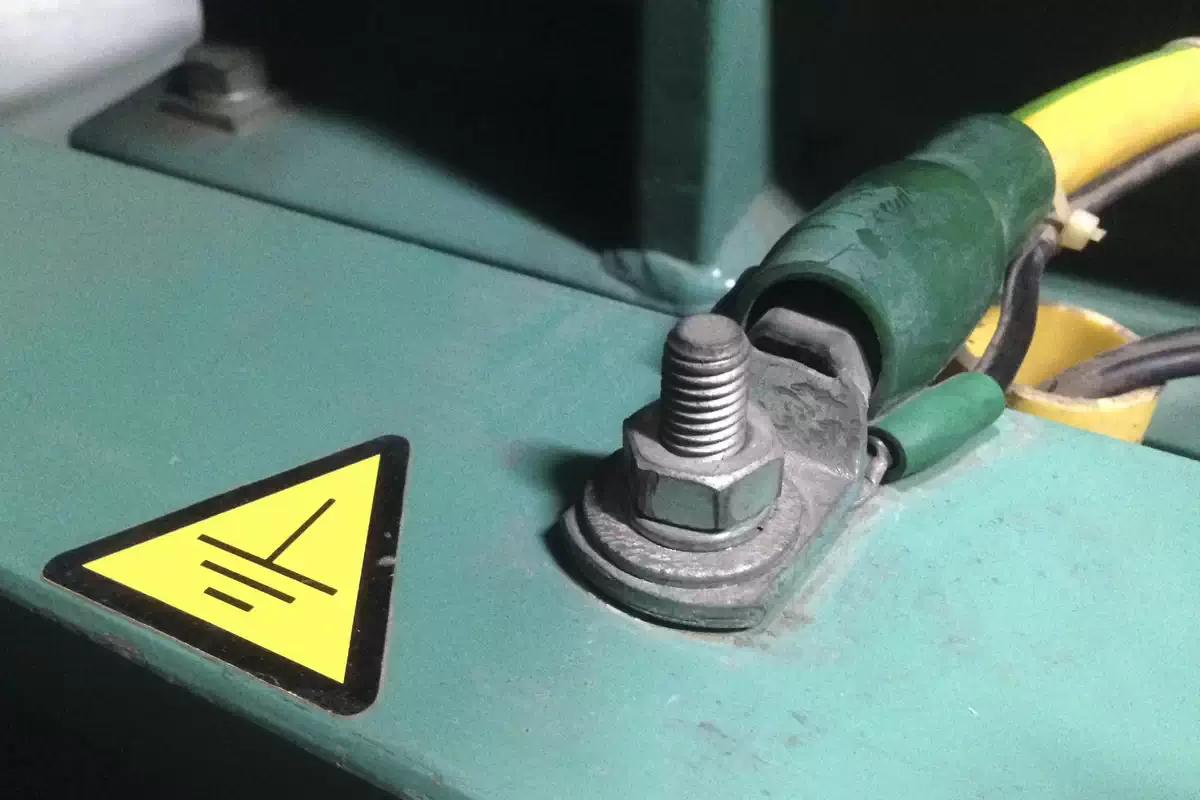Thanks for the additional advice. I bought a small (700W) propane generator a few years ago, and only had occasion to finally use it this spring when the big windstorm took power and Internet out for 2 days. But it fortunately started up and worked great, and gave me practice on filling and changing the oil, and running on propane.. Since I anticipate only using the whole-house generator once every year or so for longer 6+ hr outages only, I'm specifically planning to get dual-fuel and run only with propane on the 240V generator, so no worries about gas stability and gunk (will only use gas as a last resort if the big one hits). And will change out the oil at least once a season.
Different plan for the generator location now, on the other side of the house - basically in the front of the house, but a rainscreen fence shields it from the street view It's on the other side of the garage door from the panel, has a concrete pad and some wide eaves that will mostly keep the rain off (plus I'll buy the vinyl generator cover). The clearance in this location is only 20-21" wide, so the smaller model I'm eyeing is still critical, as it's 18" wide vs 24" on most other brands. I can then wheel it easily across the flat driveway, basically to the front door, where the 20' BPTM cable will reach over a 4' grade without me having to wheel the generator down the grade, or through any dirt/mud. The one negative is the generator exhaust is a few feet from the front door, but the area is well-ventilated, and honestly we never use the front door, nor are the main living areas close to there.
The original storage location idea would reach with 70' of cable, and it's flat and dry there too. But even if the cable is rated for the conditions, it's still 50' of muddy cable I'll have to wind up and store each time. From the new storage location, I could even reach with 70' of cable across the driveway, if I didn't want to wheel it, so a more flexible location in every respect....
Different plan for the generator location now, on the other side of the house - basically in the front of the house, but a rainscreen fence shields it from the street view It's on the other side of the garage door from the panel, has a concrete pad and some wide eaves that will mostly keep the rain off (plus I'll buy the vinyl generator cover). The clearance in this location is only 20-21" wide, so the smaller model I'm eyeing is still critical, as it's 18" wide vs 24" on most other brands. I can then wheel it easily across the flat driveway, basically to the front door, where the 20' BPTM cable will reach over a 4' grade without me having to wheel the generator down the grade, or through any dirt/mud. The one negative is the generator exhaust is a few feet from the front door, but the area is well-ventilated, and honestly we never use the front door, nor are the main living areas close to there.
The original storage location idea would reach with 70' of cable, and it's flat and dry there too. But even if the cable is rated for the conditions, it's still 50' of muddy cable I'll have to wind up and store each time. From the new storage location, I could even reach with 70' of cable across the driveway, if I didn't want to wheel it, so a more flexible location in every respect....



